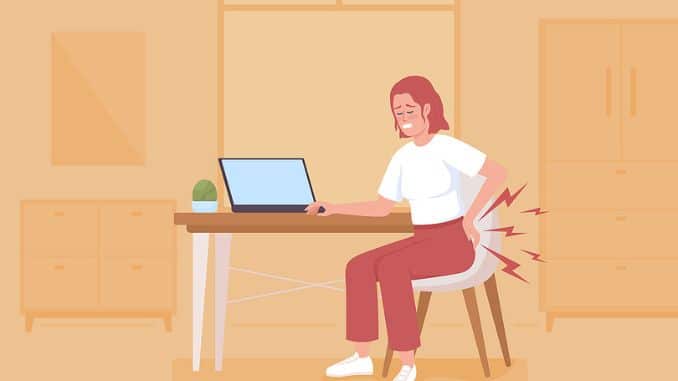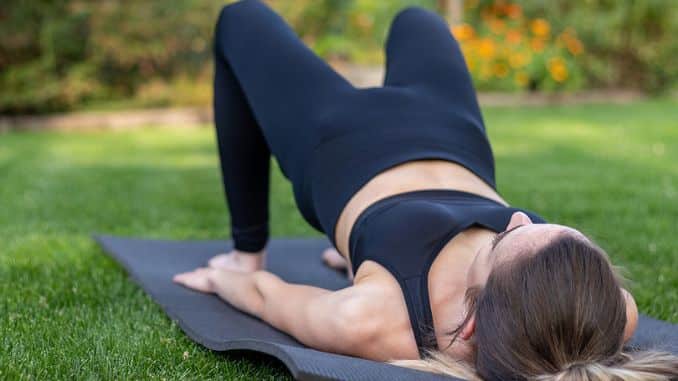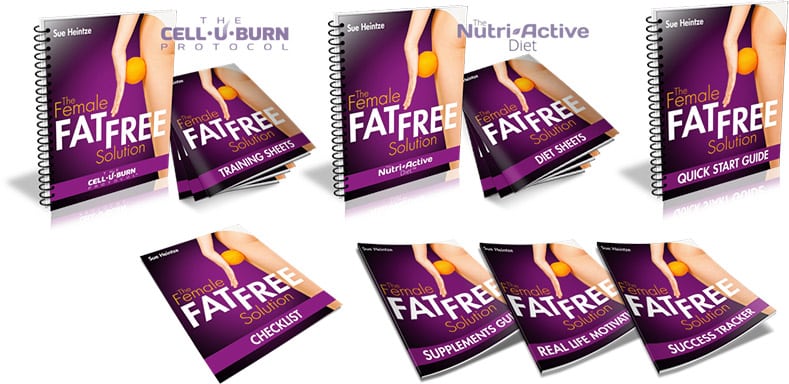
Your glutes are the largest muscles in your body and play an essential role in every movement you make. The gluteus maximus, medius, and minimus are separated by function and location on your body. The gluteus maximus is the largest of the three gluteal muscles and plays an important role in helping you move by assisting with climbing stairs, walking uphill, or throwing a ball. Let’s take a look at how to achieve gorgeous glutes!
If you don’t have a tight, trim tush, you may not even be aware that it may be because you are/have been using the WRONG muscles when you exercise. If you don’t activate and engage the right muscles, you’ll NEVER have a beautiful butt.
Over time we, as in the human species, have adopted too many seated characteristics in our everyday lives. Given our time on our backsides, our bodies have become less able to engage and work the glutes properly.
What Happened When We Sit All Day?
This is because the more time we spend sitting (think desk job), the shorter our hip flexors become and the longer or more stretched our glute muscles get – when your muscles stretch, it makes it harder to activate them!
So if you want your butt to be nice and firm, tight and toned (as well as avoiding unnecessary back and hip pain), then it’s essential to learn to engage your glutes and balance them with your hip flexors.
Consider your glutes and hip flexors as a part of a marriage – there needs to be a nice even balance between both parties for the relationship to function properly. If one side is more dominant, you’re likely to have all sorts of problems! These major muscle groups of our body are associated with strains, pulls, tears, lower back pain, and many other issues.
This ‘marriage’ of muscles is involved in several movements about the hip that can greatly affect your posture and daily tasks such as sitting, walking, running, and ultimately, many areas down (or up) the chain. Hip flexion, extension, internal rotation, external rotation, adduction, abduction, transverse adduction, and transverse abduction are among the major roles of the glutes and hip flexor muscle groups. In real layman’s terms, they are responsible for a lot of stuff!
What’s the best way to build strong, shapely glutes?
Many women think that the best way to build bigger and stronger glutes is by doing endless reps of squats, lunges, and other lower-body moves. While these are great exercises, they’re not the best way to build strong, shapely glutes. The truth is that you can do an endless number of reps, but if you’re using too light of weight or you’re doing endless reps without challenging your muscles, you won’t see the results you’re hoping for. The best way to build strong, shapely glutes is by challenging your glutes with the right combination of exercises, sets, reps, and weights.
There are two main problems that we experience with our glutes.
Some of us cannot engage our glutes at all – not even for everyday activities, like standing or walking, and not for exercising, such as running or squatting.
Others can engage their glutes but are very weak because other muscles, such as the quadriceps, dominate them. Even if these people aim to train their glutes when they hit the gym, they often miss the mark and allow the stronger, more dominant leg muscles to take over. This leaves them with a great imbalance that keeps increasing and causing many problems as time goes on.
If you spend a lot of time sitting at a desk and have a rather sedentary job, not only is it good for your eyes to break from that computer screen (if you work at one), but it will also be good for your butt if you get up at regular intervals and take a quick stroll and perform some hip flexor stretches.
Learning to engage your glutes will help build a nice toned, firm butt, and it can help improve lower back and knee pain.
So, when it comes to training, it’s really important to ‘switch the appropriate muscles on’ and activate our glutes before a lower body training session. A great way to do this is to incorporate some activation exercises into a ‘dynamic’ warm-up. Rather than jump on the treadmill to warm up, a dynamic warm-up involves a series of exercises to warm up and prepare the appropriate muscles and joints for training.
This warm-up will help to mobilize, stretch and strengthen the muscles, thereby aiding in rehabilitating any current imbalances or injuries and avoiding future ones.
Sue Heintze





